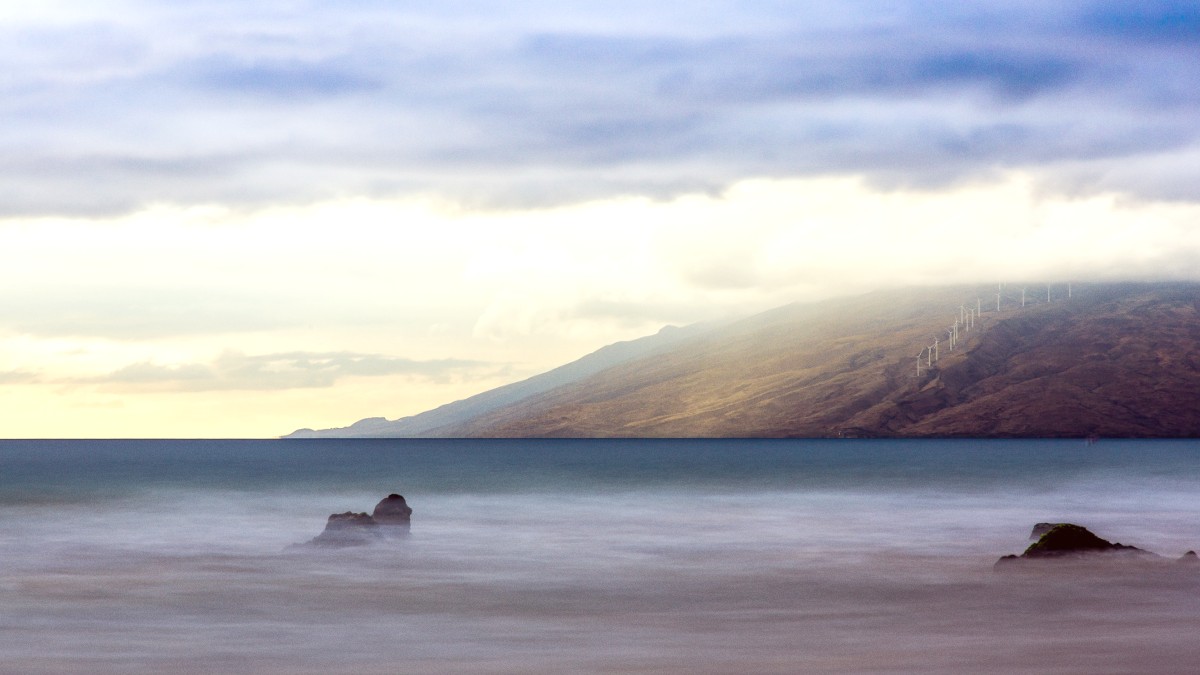
Hawaii, USA
Its landscape features two distinct geological formations: the older, eroded East Moloka'i Volcano and the younger, much smaller West Moloka'i Volcano. These volcanic origins shape the island's varied terrain, from verdant mountains to arid plains.
Ancient Polynesians were among the first settlers, bringing their knowledge of navigation and sustainable living to these shores.
Evidence of their presence, including ancient fishponds and heiau (temples), remains visible along the coast and in the valleys. These structures demonstrate a sophisticated understanding of engineering and resource management.
The arrival of European explorers in the late 18th century marked a new era, bringing changes that reshaped Hawaiian society. Moloka'i experienced the impacts of foreign diseases and new economic systems.
Large ranches, like the Moloka'i Ranch, influenced the island's landscape and economy. This period saw the arrival of various immigrant groups, who contributed to the island's diverse cultural fabric.
Established in 1866 to quarantine those afflicted with Hansen's Disease (leprosy).
Thousands were forcibly relocated here, living in isolation for decades.
Father Damien de Veuster and Mother Marianne Cope dedicated their lives to caring for the residents.
Their compassionate work earned them sainthood and global attention to Kalaupapa's plight.
Today, Kalaupapa National Historical Park preserves this solemn site, a testament to human suffering and compassion.
Moloka'i embodies a quiet, rural atmosphere. Visitors often describe it as stepping back in time to an older Hawaii. The island cherishes its tranquility and natural state.
Cell service can be spotty in remote areas, encouraging a disconnect from digital distractions, supporting relaxation and reflection.
This atmosphere promotes a genuine connection with the land and its people, leaving visitors with a sense of its unique spirit and enduring aloha.
Moloka'i is not a place of large resorts or commercialized entertainment. A strong sense of community and the preservation of traditional values define the island.
Moloka'i presents an unique and distinct Hawaiian experience, setting itself apart from the more tourist-heavy islands.
Here is a quick look at what defines this special place:
Stunning beauty, from towering sea cliffs to vast, white sand beaches define Moloka'i's varied terrain.
A deep connection to Hawaiian roots and traditional values shape island life.
Ample opportunities for hiking, snorkeling, fishing, and discovering remote natural sites.
Dining options on Moloka'i are local and casual, with eateries serving authentic Hawaiian plate lunches, fresh poke, and locally grown produce.